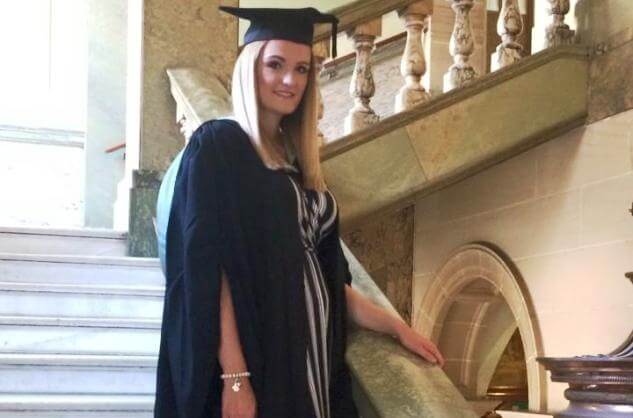Emily shares her experiences as a new Victim Support volunteer.
10am
I’m meeting with my volunteer manager at the Victim Support office to talk about a young couple who had been victims of robbery. This is my first visit so I’m just going to be shadowing my manager this time around. The first-time nerves begin to kick in but I soon feel relieved as I get the chance to sit back and watch how it’s done!
10.30am
I arrive at the young couple’s home with my manager to start the first support visit — mainly this involves explaining the role of Victim Support and how we can help. We also do a full needs assessment, which means we find out more about what’s happened, what difficulties the couple are experiencing after the crime (emotional, physical or financial), and what we can do to help.
Before we enter the house, my manager makes a call to the volunteer care unit to let them know where we are, and how long we expect to be on the visit.
10.40am
The couple welcome us into their house. First off, as volunteers, we have to explain what is meant by ‘confidentiality’. Then we can get started!
The visit isn’t as nerve-wracking as I first thought — I even ask some questions and carry out part of the full needs assessment!
11am
After understanding that the young couple were emotionally affected by the robbery, we decide that they’ll need a few visits to talk through the impact of the crime, and they might need on-going emotional support.
It’s been an emotional visit, as I could see how the crime had affected the couple, and how much it had shocked them. I begin to feel like we’ve accomplished something today — we’ve had the privilege to support people who really need us.
12pm
Lunch, I was looking forward to this! My manager and I make our way back to the Victim Support office to chat about the visit. She tells me that I’ll be shadowing a couple of visits before I can confidently lead a visit on my own — phew!
1pm
I’m due to shadow a volunteer on another visit, this time an elderly man who had been assaulted. I feel more nervous about this visit, as I don’t know the extent of the victim’s injuries or the nature of the crime.
I meet a fellow volunteer not far from the property to prepare for the visit. He tells me that the man had been hit on the back of the head while he was walking home from work.
He had been called by our victim care unit, who asked him about how he was feeling. These initial questions allow us to work out how best to support him, and later work out much progress he’s made in his recovery.
1.05pm
We enter the man’s home and introduce ourselves. It’s clear that he’s shocked and emotional, and he finds it difficult to recall the incident. He also shows us the scar on the back of his head where he was hit.
This is where the reality kicks in for me.
As volunteers, we’re supporting real people, who have had real, often devastating, crimes happen to them. I realise how important our visit is to this man, and I feel proud to be starting my role at Victim Support.
We explain to him that he can claim for criminal injuries compensation (financial compensation for people who have been victims of a violent crime), due to his injuries and emotional distress. This is something we plan to do on the next visit, so we can show him how the application form works and how to fill it in.
2pm
After the visit, I head back to the office to talk with my manager about the two very different visits I’ve shadowed today. We decide that I should shadow another visit before I lead my own, with a manager present.
I’m feeling confident and ready to start my new role! It’s been a successful and insightful day — I leave the office on a high and looking forward to my next visit as a volunteer!
If you feel inspired by Emily’s volunteering experience, find out more about becoming a Victim Support volunteer.

